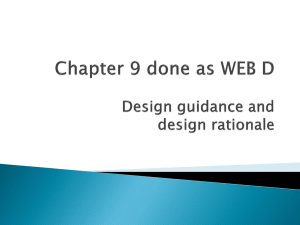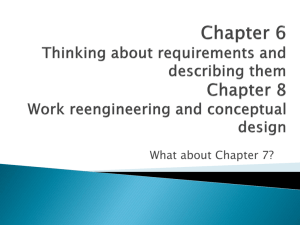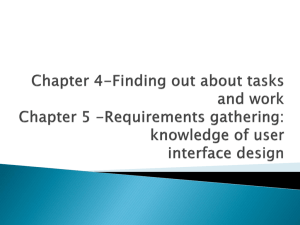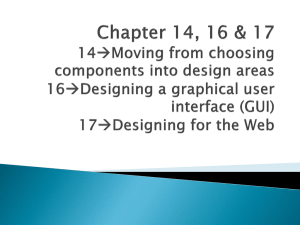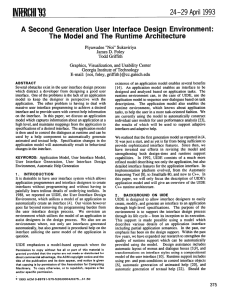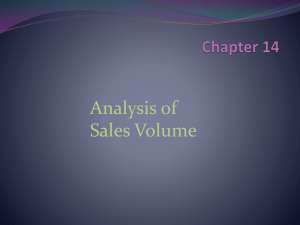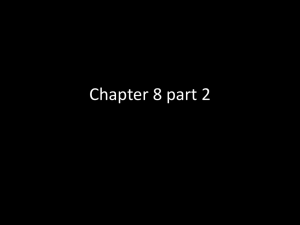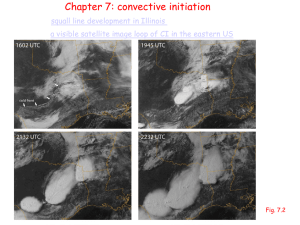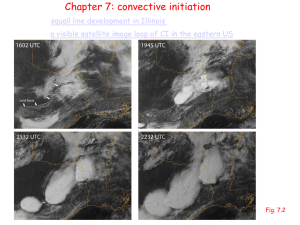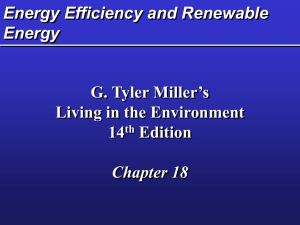8 Work reengineering & Conceptual De
advertisement
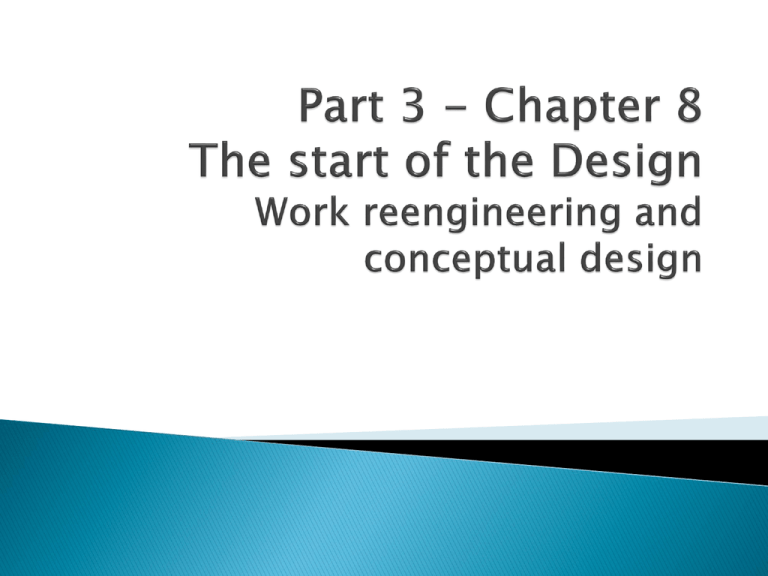
Creating the physical Design of the user interface (UI) Issue of work reengineering User needs and requirements ◦ Power ◦ Efficiency ◦ Effective support of business goals UIDE Chapter 8 Introduction Library to the Digital Work Reengineering for the Digital Library Task Allocation for the Digital Library UIDE Chapter 8 Part 1 – Usability ◦ Usability Attributes for system development ◦ User Interface Matters ◦ Costs related to poor UI Part 2 – Requirements Part 3 – Design ◦ How to gather requirements and create user stories ◦ True Users – Persona – User’s Domains ◦ Describing Users’ Work ◦ Conceptual Design ◦ Choosing for the user’s best devices, interaction, etc. UIDE Chapter 8 A University department has ◦ Users: _________ __________ _________________ ◦ Tasks: ____________________________ ◦ Individuals have personal libraries to share Business Motivation for New Digital Library ◦ _______________________ ◦ Track personal resources. UIDE Chapter 8 Work differently if to work effectively Goals: ◦ Power and efficiency that automation makes possible ◦ More effectively support business goals ◦ Minimize retraining To Begin DO: Task Scenario: represents the present situation. Use Scenario: description of the anticipated use of the new UI. UIDE Chapter 8 UIDE Chapter 8 UIDE Chapter 8 Sharing the different “essential” tasks between the user and the computer. Essential use case: ◦ Index card with User’s Purpose Responsibility - System Fig 8.3 UIDE Chapter 8 The process of establishing the underlying organization and structure of a UI Content diagram – low fidelity prototype that represents the organization and structure of the user interface from the designer’s perspective. Fig 8.5 UIDE Chapter 8 Design needs: ◦ Derived concrete use cases ◦ Identify primary task objects, attributes, actions ◦ Identify the containers and the task objects in each one ◦ Link containers to s ◦ how navigation flow. UIDE Chapter 8 Deriving from Essential Use case. Fig 8.6 UIDE Chapter 8 Conceptual Design ◦ Deriving Concrete Use Cases from Essential Use Cases ◦ Identifying Task Objects, Attributes, and Actions Task Objects Attributes Actions UIDE Chapter 8 Task Objects: units of information or data with which the users interact to carry out their tasks. ◦ Includes Class objects, i.e. media types, members of the library UIDE Chapter 8 Attributes: task object components ◦ Properties and Child Objects Title and author are properties of book Owner of CD-ROM is child object of CD-ROM because Owner has its own properties UIDE Chapter 8 Actions: actions performed on task objects ◦ Allocating guests to rooms. (Add) ◦ Create, delete, copy , save, edit, etc. UIDE Chapter 8 Task objects – single underline Attributes of objects – double underline Fig 8.8 UIDE Chapter 8 Fig 8.9 UIDE Chapter 8 ◦ Marking Up the Concrete Use Cases to Identify Task Objects, Their Attributes, and Actions ◦ Prototyping Task Objects, Attributes, and Actions UIDE Chapter 8 Use of “Sticky Notes to prototype task objects, attributes, and actions. Fig 8.10 UIDE Chapter 8 Template for Containers Fig 8.11 UIDE Chapter 8 Fig 8.12 Double Link UIDE Chapter 8 Main Container Fig 8.13 UIDE Chapter 8 Fig 8.14 UIDE Chapter 8 See SimPACS Flowchart Diagram UIDE Chapter 8 Template for Containers The Main Container Other Containers Links Prototyping Containers and Links Final Thoughts on Conceptual Design UIDE Chapter 8 UIDE Chapter 8
